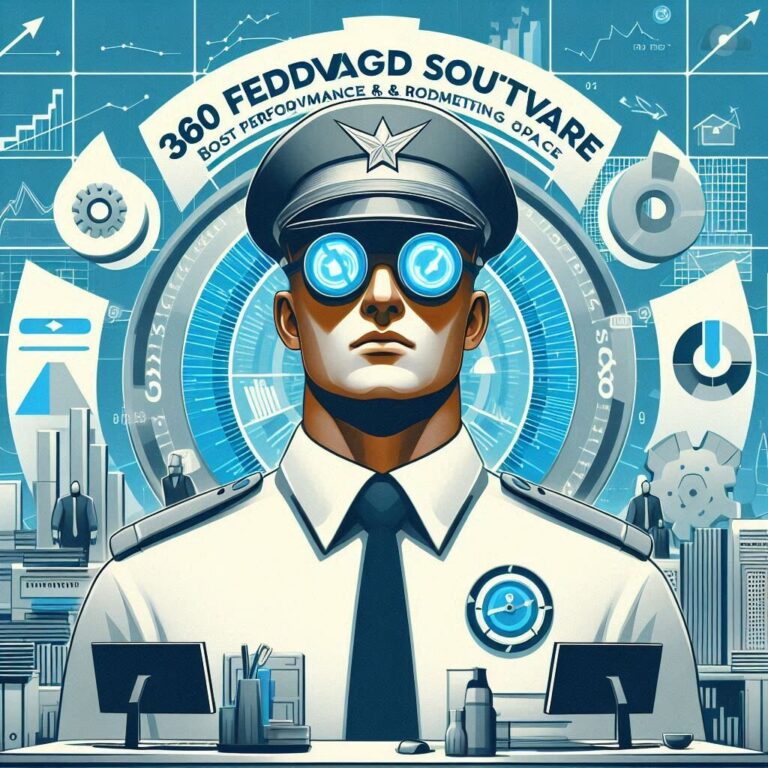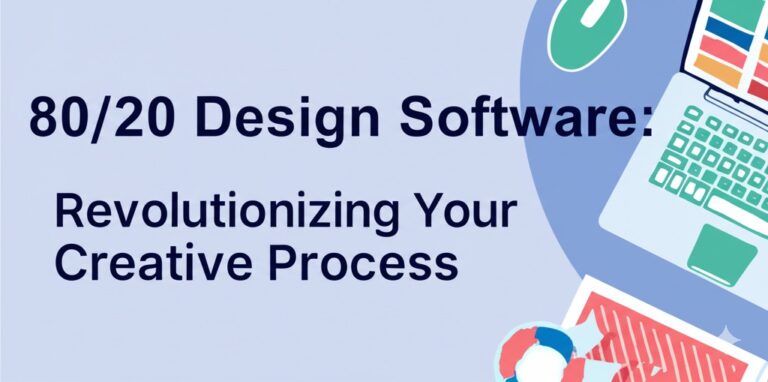Unlocking Creativity: A Guide to 3D Studio Software
In the digital design world, 3D studio software stands as the powerhouse behind everything from blockbuster animations and video games to architectural visualizations and product design. Whether you’re a beginner exploring 3D modeling or a seasoned professional looking for the best tools, the right 3D studio software can make all the difference.
In this guide, we’ll explore what 3D studio software is, key features to look for, popular programs on the market, and tips for choosing the best one for your needs.
What is 3D Studio Software?
3D studio software (also known as 3D modeling or 3D design software) allows users to create, manipulate, and render three-dimensional objects on a computer. These tools are widely used in industries such as:
- Animation and film production
- Game development
- Architecture and engineering
- Product design
- Virtual reality (VR) and augmented reality (AR)
With powerful capabilities like modeling, sculpting, texturing, lighting, and rendering, these software platforms bring creative ideas to life in a virtual space.
Key Features of 3D Studio Software
When evaluating 3D studio software, here are some essential features to consider:
🧱 Modeling Tools
At the core of any 3D software is its modeling capability—the ability to build and shape digital objects. Look for tools that offer:
- Polygonal modeling
- NURBS modeling
- Spline and curve-based modeling
- Boolean operations
🎨 Texturing and Shading
Textures and materials add realism to your models. Good software should support:
- UV mapping tools
- Physically-based rendering (PBR) materials
- Node-based shader editors
💡 Lighting and Rendering
Lighting can make or break a 3D scene. Quality software should include:
- Global illumination and ray tracing
- Real-time rendering engines
- Support for third-party renderers (e.g., V-Ray, Arnold)
🎥 Animation and Rigging
For characters and moving objects, animation tools are crucial. Look for:
- Rigging and skinning tools
- Keyframe animation support
- Physics simulations (cloth, particles, fluids)
🔌 Plugin and Export Support
Flexibility matters. Choose software that supports:
- A wide range of file formats
- Plugins and extensions
- Cross-software integration (e.g., Adobe, Unity, Unreal)
Popular 3D Studio Software Options
There’s a wide range of 3D studio software out there, each with its strengths. Here are some of the most popular and widely used programs:
1. Autodesk 3ds Max
Best for: Game design, architecture, and visualization
Autodesk 3ds Max is a long-standing favorite in the 3D industry. Known for its powerful modeling tools, animation features, and vast plugin ecosystem, it’s ideal for professionals in game development and architectural visualization.
Key features:
- Advanced modeling and UV tools
- Arnold renderer integration
- Strong support for MaxScript automation
2. Blender
Best for: Beginners and professionals on a budget
Blender is a free and open-source 3D suite that rivals many paid tools. It’s widely used for indie game development, animation, and even visual effects. Despite being free, it’s packed with features.
Key features:
- Sculpting, modeling, animation, and video editing
- Built-in Cycles and Eevee render engines
- Massive online community and tutorials
3. Autodesk Maya
Best for: Animation and visual effects (VFX)
Used in major film studios, Maya is a powerhouse for character animation, rigging, and simulations. It’s the go-to for VFX professionals.
Key features:
- High-end animation and rigging tools
- Deep simulation capabilities
- Seamless integration with Arnold renderer
4. Cinema 4D
Best for: Motion graphics and design
Developed by Maxon, Cinema 4D is known for its ease of use and deep integration with tools like Adobe After Effects. It’s a favorite among motion designers.
Key features:
- MoGraph tools for procedural animation
- Intuitive interface
- Fast rendering and viewport performance
5. ZBrush
Best for: Digital sculpting and character modeling
ZBrush focuses on digital sculpting, making it a top pick for artists and character designers. It’s often used alongside other 3D software for creating highly detailed models.
Key features:
- High-resolution sculpting tools
- Dynamesh and ZRemesher for mesh optimization
- Polypaint for detailed texturing
How to Choose the Right 3D Studio Software
Not sure which software to go with? Consider the following:
🎯 Your Goals and Industry
Are you designing characters, visualizing architecture, or building VR content? Your focus will determine which features are essential.
💰 Budget
Blender is free, while Maya and 3ds Max can cost hundreds per year. Consider your long-term budget and licensing model.
🧠 Learning Curve
Some tools like Cinema 4D and Blender have a gentler learning curve. Others like Maya offer more depth but require more time to master.
🌐 Community and Support
Active forums, tutorials, and community support are invaluable. Blender and 3ds Max have large, helpful communities.
Tips for Getting Started with 3D Studio Software
Here are a few tips to help you dive in confidently:
- Start with tutorials – YouTube, Udemy, and official sites are great resources.
- Practice regularly – 3D modeling requires consistent practice.
- Use reference images – They help guide proportions and realism.
- Join online communities – Share your work and get feedback.
- Experiment and have fun – Explore features without pressure.
Conclusion: Power Up Your Creative Potential
3D studio software empowers creators across industries to transform ideas into immersive visuals. Whether you’re building the next viral video game or visualizing a futuristic skyscraper, the right software can elevate your craft.

Zain Jacobs is a writer for TheNetUse, providing in-depth reviews, tips, and insights on the latest software apps to help users maximize their digital experience.







